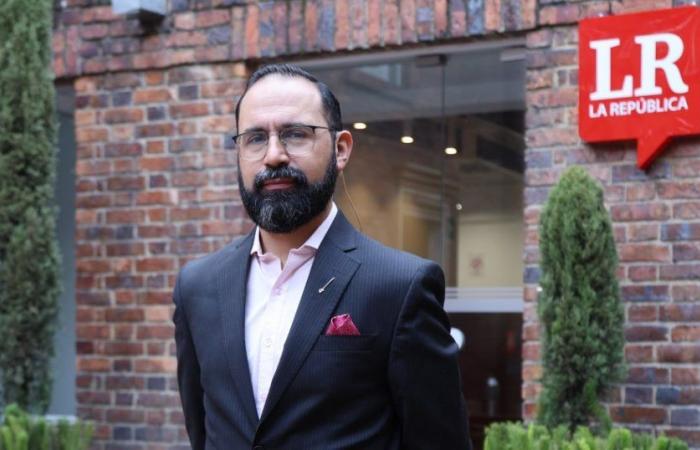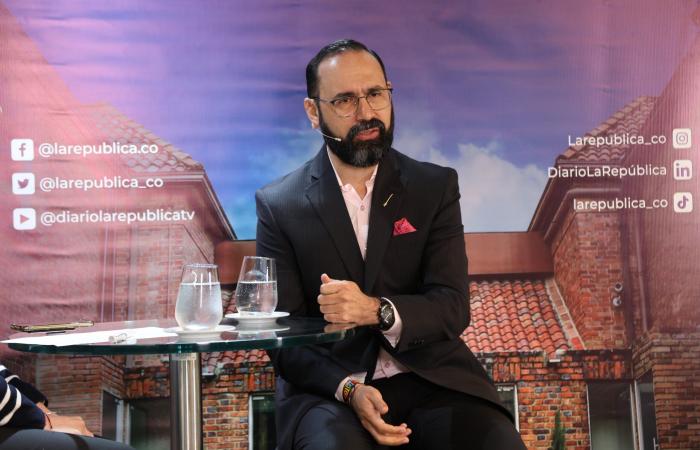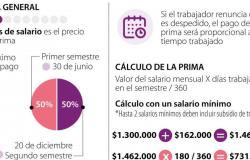One of the Government’s premises is the energy transition. Led by the Minister of Mines and Energy, Andrés Camacho, important advances have been made in the consolidation of renewables as an energy supply.
In Inside LR, the head of the portfolio announced the most important advances of the National Government in the matter and gave an assessment of current issues, such as budget cuts, the tariff option, reforms to public services and the exploitation of hydrocarbons and other minerals.
A budget cut was announced, how much will it be?
What we have been told by the Ministry of Finance is a budget cut of 5.66%. This is a proposal that came from all sectors. Now it is in the hands of the National Planning Department and the Ministry of Finance to make the necessary adjustments to meet the set goal of $20 billion. For our portfolio the cut would be $395,000 million.
How will the tariff option be assumed?
These are resources that are not in the ministry, at this moment they are in the hands of the Ministry of Finance. They are resources that were already appropriated as a result of some mechanisms that had already been appropriated by the National Development Plan and the General Budget of the Nation of the previous year. It is a mechanism that had been adopted from public banks, from Findeter, and from the approval that we had assigned for this year of $2 billion.
How much could the bill go down?
It should be noted that the rate option is a debt that was left to Colombian families, as a result of a decision by the previous Government to freeze rates.
This generated a difference between the real value of the rate and the one that was frozen, which, as a result of the acceleration of inflation and other phenomena, grew and remained in the invoices.
The amount will be between 4% and 20% depending on the market. In the Colombian Caribbean we expect the discount to be between 10% and 11%, which is an important value.
How will the rise in the value of diesel work?
Within the fiscal review, two large debts were found: the tariff option and that of the Fuel Price Stabilization Fund, Fepc. From the second arises a need to close that deficit, which we have already closed in gasoline, and we continue with the task of taking measures with diesel.
The idea is not to touch those segments that depend on diesel and that are fundamental for the economy, especially the popular one (public transportation and food). Large consumers will have a full rate to close that debt that was left in the Fepc.
Is a restructuring of energy rates necessary?
Undoubtedly steps must be taken towards restructuring. The entry of renewable energies is the first step because they work differently than conventional forms of energy generation.
How did the sector behave in terms of inflation?
The sector was one of those that contributed the most in the statistics that were presented. While we have had a sustained slowdown for at least a year, the share of utilities and power generation is still important.
It is a duty and a necessity to make adjustments to the tariff framework and discuss the transformation of the energy market because It has a direct impact on the personal finances of households, industry and commerce and can affect productivity.
Is a reform of public services necessary?
Yes, we are working on a public services law and on the adjustments to Law 142 and 143. We hope to present some progress on this reform during this week to, On July 20, file a bill that allows structural adjustments to be made to the operating model.
One of the elements we propose is greater user participation. Another is a discussion with the Energy and Gas Regulatory Commission about the expertise to be a commissioner of the entity and the guarantee of rights and duties so that the tariff framework does not lead to a tariff crisis like the current one. Finally, there has been talk of a vital minimum of water and gas and the inclusion of the internet as a public service.
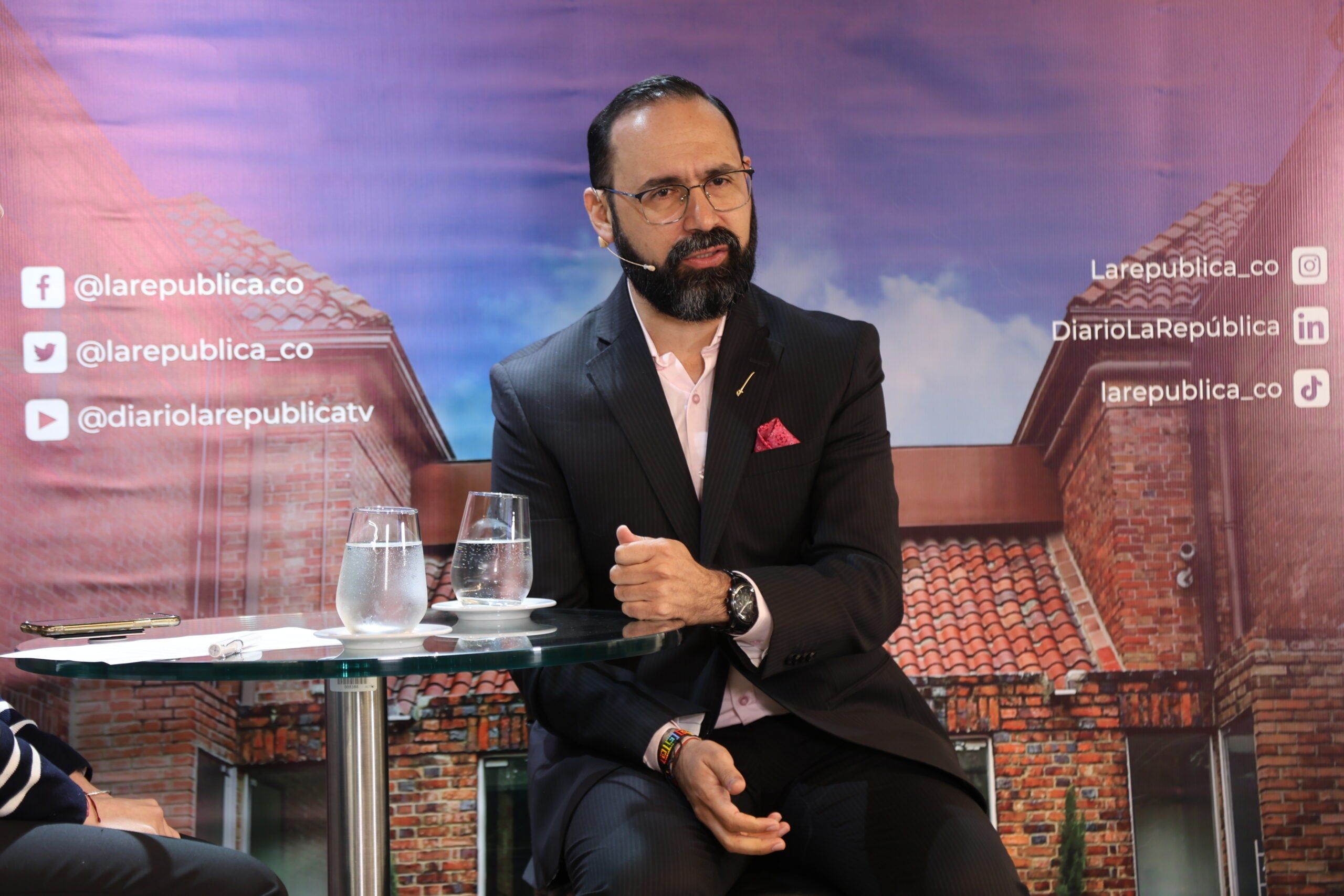
How is the energy communities policy going?
Energy communities are a solution, not only to bring energy to communities that have not had the supply in years, but also an alternative for reducing rates because they allow the use of renewable energy.
Since October we launched a call to identify communities and we already have 18,000 communities identified. We are in a prioritization process for their construction, we already have 1,000 of them built and the goal is to have 2,000 by 2025.
Should “depetrolization” and “decarbonization” be rethought?
Today we have historical figures for the production of barrels of oil. We are reaching 800,000 barrels per day with current contracts. The task is to effectively use the resources we have, the policy we have been implementing is successful. We need hydrocarbon resources to leverage the country’s energy transition.
How much do you think reserves should be expanded?
Together with the National Hydrocarbons Agency, there has been talk of a production of one million barrels per day, starting from 800,000 barrels is a good start.
We are talking about a goal, we are pushing ourselves to get there. I hope that the industry will accompany us in this objective. Since 2020 we did not have these production levels, We have managed to advance in this period but prices have also favored us.
What is an optimal figure in this area?
The decrease in the reserve has a sustained behavior that dates back at least ten years. They are non-renewable resources and it is normal for them to deplete. What we have done is look for a way to replace them. Our biggest challenge is offshore gas, it is a resource that is already being worked on. The idea is that this “import” matches the depletion of national resources to guarantee supply.
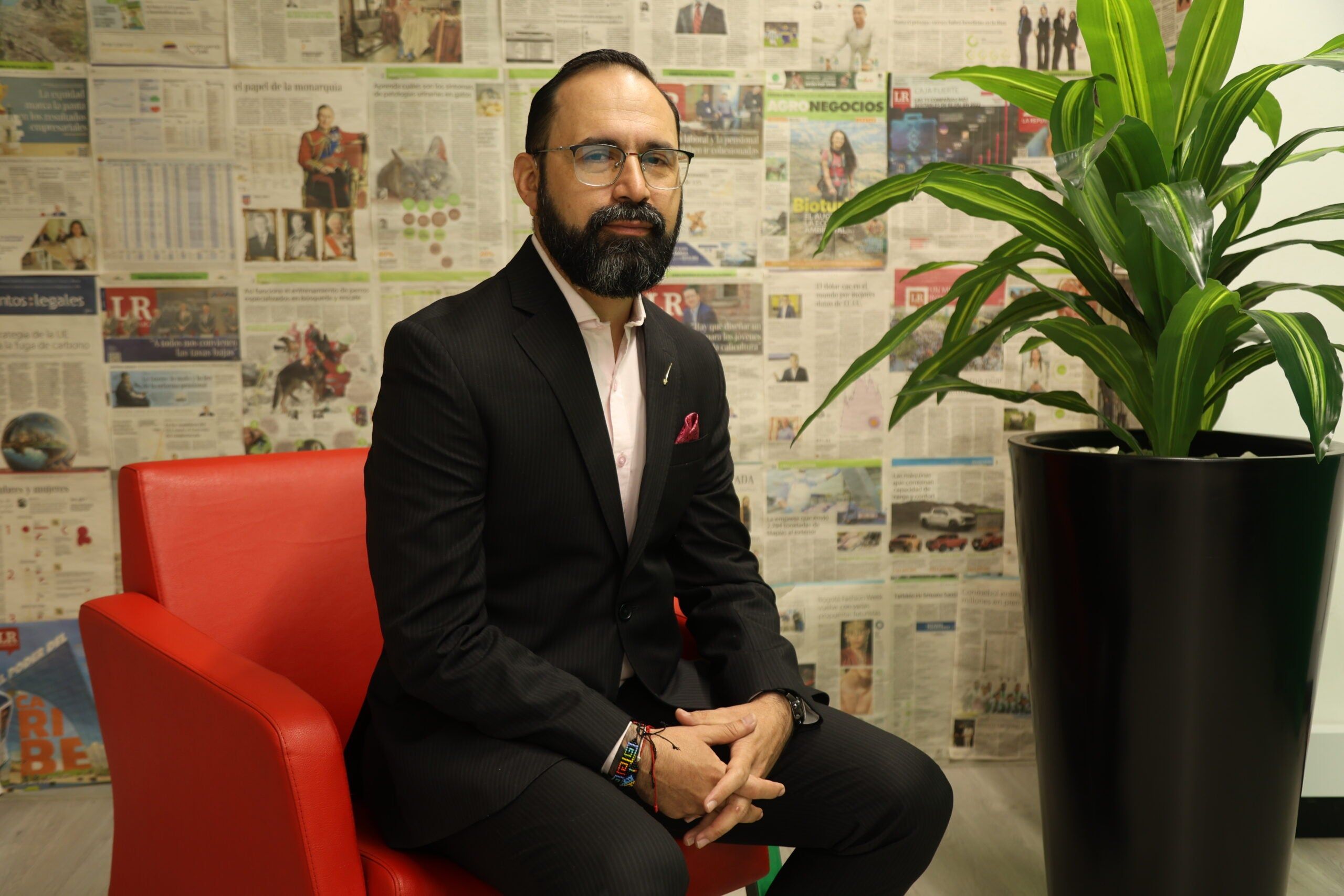
What stands out about the energy transition?
At the beginning of this government we had about 300 megawatts of renewable energy in the matrix and today we already have two gigawatts. We are approaching close to 10% of the country’s energy matrix coming from renewable energy. Likewise, with the license that we will have for the use of wind energy we will be able to achieve 30% operation of the matrix with renewable energy.
How to improve the profits received from Ecopetrol?
Ecopetrol It is in a transformation process, from being an oil company to an energy company, that is the path of transition that oil companies in the world follow. What Ecopetrol must do is a productive diversification that includes the use of renewable energies and prioritize the production of green hydrogen.
The company already produces green and gray hydrogen for its own production and has the ability to produce hydrogen of other colors. If the Ecopetrol company manages to take this step, we will surely have important profits for the country in the immediate future.
The profile
Andrés Camacho is an electrical engineer and graduate in physics from the Francisco José de Caldas District University. He has a master’s degree in Energy Administration and renewable sources from the Monterrey Institute of Technology and has a doctorate in electrical and electronic energy from the Universidad Distrital. He was an advisor in both the Senate and the House of Representatives of the Mines and Energy office and has collaborated with the National Mining Agency in the construction of the energy transition roadmap. He is also an opinion columnist and university professor on city, politics and transition issues.

